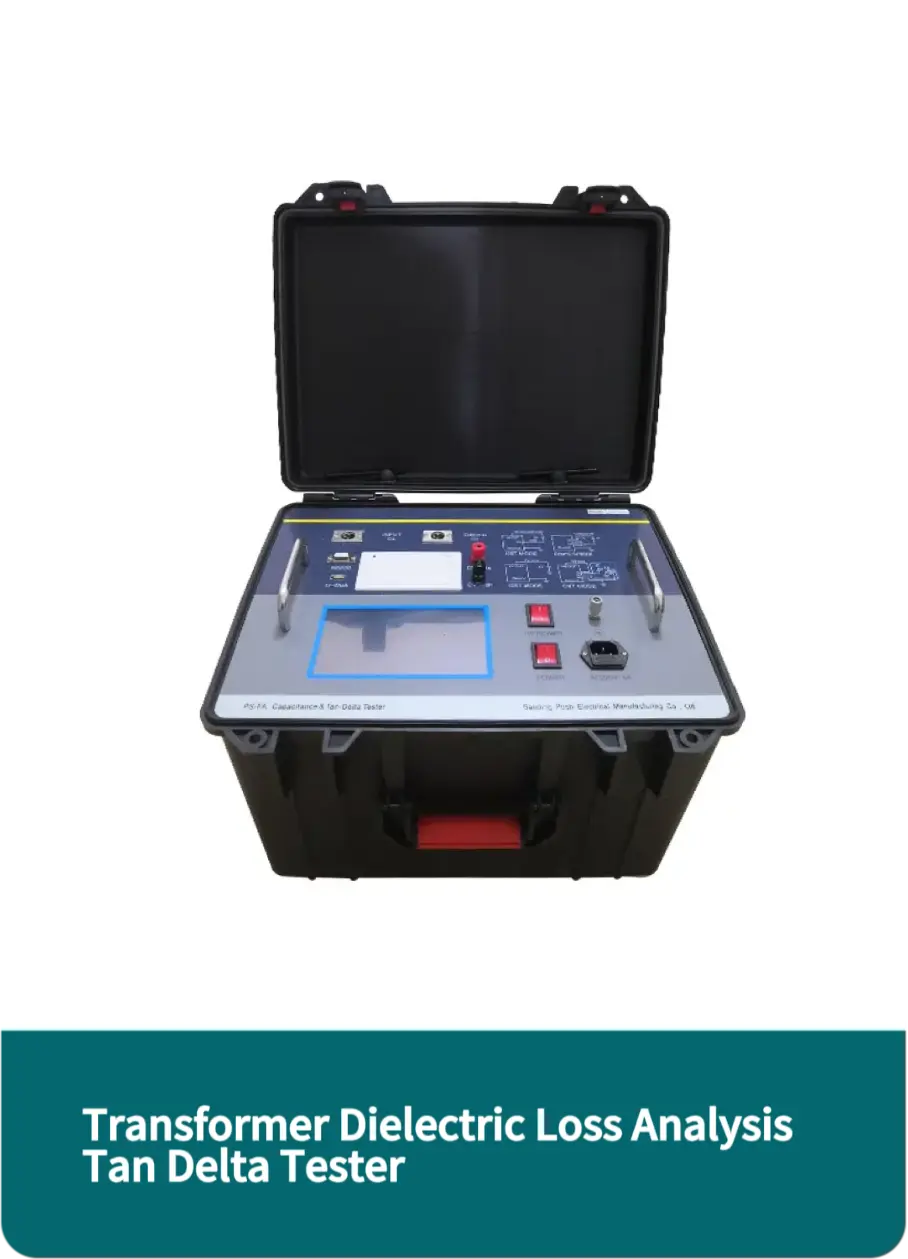 English
English


Understanding the Principles and Applications of Gas Chromatography Techniques in Modern Analytical Chemistry
Gas Chromatography Principles and Applications
Gas chromatography (GC) is an essential analytical technique widely used in various fields, including chemistry, environmental science, pharmaceuticals, and food safety. It enables the separation, identification, and quantification of volatile compounds within a mixture. The fundamental principle underlying gas chromatography involves the partitioning of compounds between a stationary phase and a mobile gas phase, allowing for the effective separation of components based on their chemical properties.
Gas Chromatography Principles and Applications
One of the key advantages of gas chromatography is its exceptional resolution and sensitivity. Modern GC systems are capable of detecting trace levels of contaminants or compounds within a sample, making it indispensable for environmental monitoring and quality control in the pharmaceutical industry. For instance, gas chromatography is frequently employed to analyze air samples for pollutants, ensuring compliance with environmental regulations, and safeguarding public health.
gas chromatography model

Another significant aspect of gas chromatography is the ability to couple it with mass spectrometry (GC-MS). This combination not only enhances the identification capabilities of the chromatographic method but also allows for the structural elucidation of compounds. In GC-MS, the separated compounds from the GC are directed into the mass spectrometer, where they are ionized and fragmented. The resulting mass spectrum provides valuable information about the molecular weight and structure of the analytes, enabling precise identification even in complex mixtures.
Gas chromatography is also prominent in the food industry, where it is used to assess flavor compounds, preservatives, and contaminants in food products. For example, GC can analyze volatile organic compounds released by fruits and vegetables, helping in quality control and flavor profiling. The technique aids in detecting pesticides and artificial additives, ensuring that food safety standards are met and that consumers are protected from harmful substances.
There are also recent advancements and innovations in gas chromatography technology. For instance, the development of micro and nano-scale GC systems allows for the analysis of ultra-small sample volumes, which is particularly advantageous in research applications where sample availability may be limited. Furthermore, advances in automation and data analysis software have significantly improved the efficiency and accuracy of GC analyses, making it easier for laboratories to manage large sample workloads.
In conclusion, gas chromatography is a powerful analytical tool that plays a critical role in various scientific and industrial applications. Its high sensitivity, resolution, and the capability to couple with mass spectrometry make it an invaluable technique for analyzing volatile compounds. Whether it is ensuring environmental safety, maintaining quality control in pharmaceuticals, or safeguarding food products, gas chromatography continues to be an essential method in the modern analytical chemistry landscape. As technology advances, we can expect even greater effectiveness and versatility from this indispensable analytical technique.
-
Differences between open cup flash point tester and closed cup flash point testerNewsOct.31,2024
-
The Reliable Load Tap ChangerNewsOct.23,2024
-
The Essential Guide to Hipot TestersNewsOct.23,2024
-
The Digital Insulation TesterNewsOct.23,2024
-
The Best Earth Loop Impedance Tester for SaleNewsOct.23,2024
-
Tan Delta Tester--The Essential Tool for Electrical Insulation TestingNewsOct.23,2024





